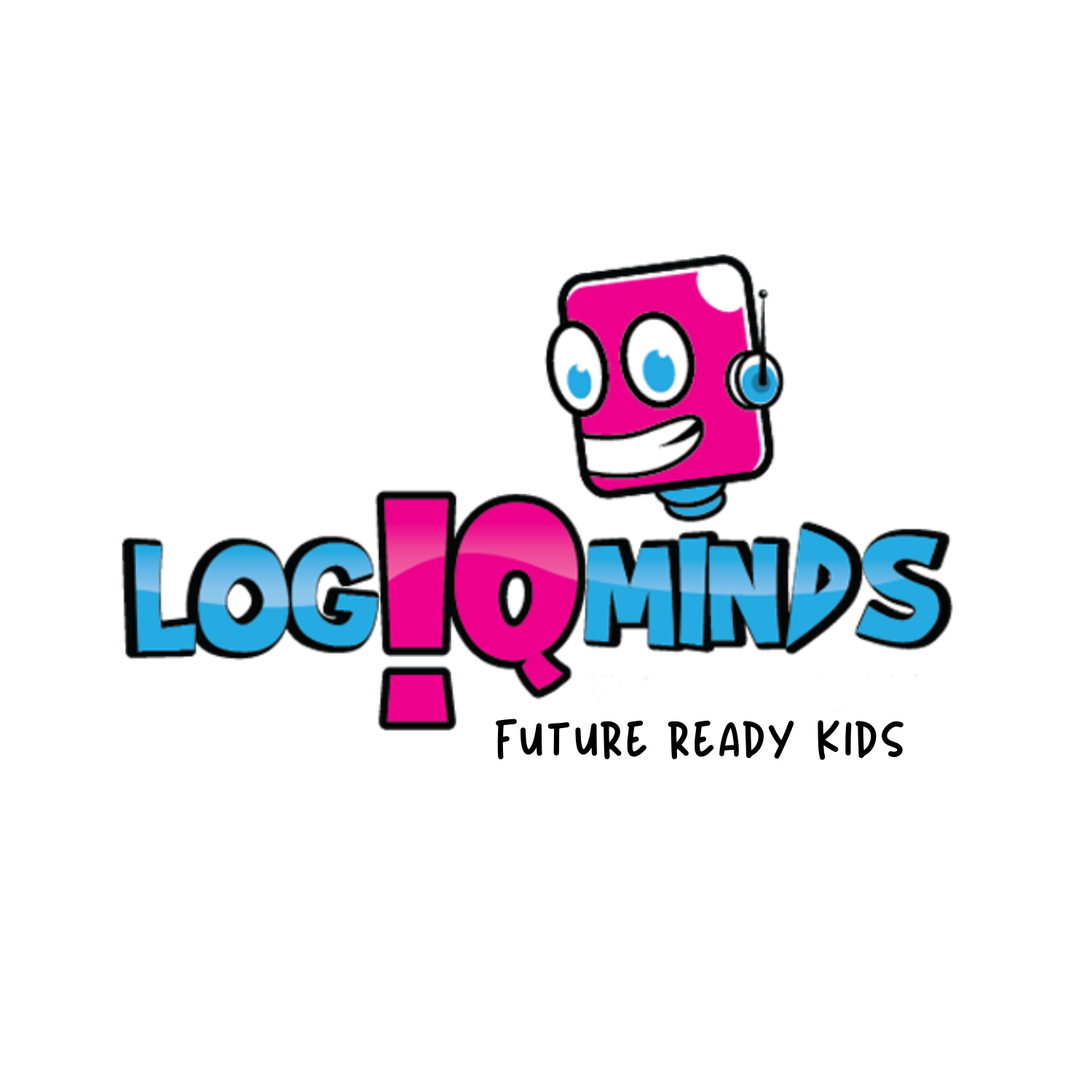Kids are smart thinkers than adults
Divergent Thinking in Children
The well-esteemed physicist Albert Einstein once said, “Imagination is more important than knowledge. For knowledge is limited to all we now know and understand, while imagination embraces the entire world and all there will ever be to know and understand.” The educational system formed by schools primarily produces two distinct ways of thinking: divergently and convergently. Ideally, divergent and convergent thinking work in harmony with each other in order to achieve maximum potential and promote intellectual intelligence.
While both forms of thought are fundamental to intellectual development, convergent thinking occurs more regularly in classrooms. Convergent thinking requires individuals to limit their ideas regarding the correctness of the best possible solution, like a multiple-choice question, standardized test, or spelling test; however, divergent thinking allows numerous possibilities to a question. Thusly, correlating to essay questions and many types of projects. This form of thinking is associated with creativity, and imagination, and is frequently referred to as “thinking outside of the box.” To Albert Einstein, and researchers across the world, divergent thinking is principal in fostering intellectual intelligence in all, but most importantly, children.
For a child, divergent thinking is oftentimes a challenging experience. Sleepless nights, daydreaming, reprimands from teachers for being off-task. Their own lack of understanding about why so many thoughts are racing through their minds all at once can often lead them to conceal the fact that it is happening at all, consequently stifling their creativity. Children must be educated on this form of thought and guided through the process in order.
Skills that society values strongly — creativity, innovation, and problem-solving — grow strongly from divergent thinking. It is the basis of evolution as the world changes and grows divergently itself. Children need to utilize the abilities inherent in this type of thinking; to understand how it can increase their ability to do creative problem-solving. In order to foster divergent thinking in children and students individuals should:
❖ Children should experiment, feel, and be enthusiastic.
❖ Some activities should be done with their peers, while others should be completed autonomously. Provide a workspace of their own in order to exercise creativity and imagination.
❖ Show children that there is not just one solution to everything.
❖ To enhance divergent thinking in children, it is also important for them to feel validated; it is important for them to know they are accepted, valued, and celebrated to create confidence to explore.
Once more, to quote Albert Einstein, “Everyone is a genius. But if you judge a fish by its ability to climb a tree, it will live its whole life believing that it is stupid.” It is important to optimize divergent thinking in our children, but not wholly eliminate convergent thinking. There should be a balance between the two forms of thinking in order to maximize potential. The world today is facing what seems like insurmountable problems – economic downturns, environmental disasters, political strife, and new diseases without cures – all of which need answers.


